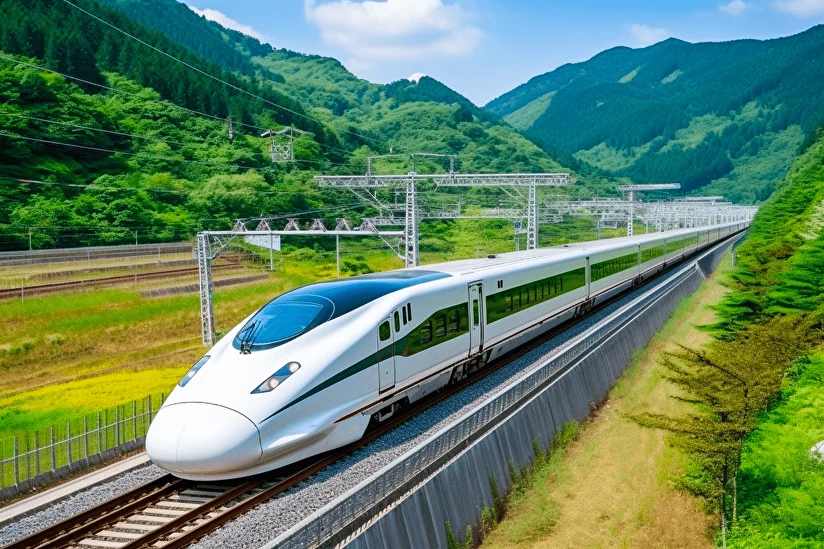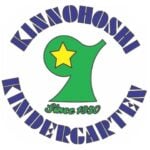
Whether you are a short-term visitor or a long-term resident, you have likely experienced a train ride in Japan. For some, it may bring back painful memories of daily commutes, or for others, it may remind you of the joys of holiday travel. Japan’s extensive rail network spans 27,800km (17,200 miles), covering everything from the shinkansen to local trains. Railway transportation accounted for 78.6 percent of domestic passenger transportation in fiscal year 2021 which is approximately 321.87 billion passenger-kilometers.
Many private rail companies can be counted among Japan’s top businesses. These companies pioneered railway construction and created thriving communities along their routes, diversifying their revenue streams through ventures in real estate, supermarkets, hotels, resorts, and more. This model of integrated business tied to railways is unique to Japan. As a result, you might not only travel on a company’s train but may also shop at their supermarket, take their bus, stay at their hotel, or even live in one of the condominiums that they built.

The Iconic Shinkansen
The shinkansen (bullet train) is one of Japan’s most iconic trains, known for its speed and efficiency. While it is ideal for reaching your destination quickly, it’s less suitable for anyone hoping to have a close-up view of the countryside, as the landscape rushes past in a blur.
If you head to Osaka from Tokyo, the Tokaido Shinkansen (one of the busiest train lines in the world!) is part of the “golden route” for visitors connecting Tokyo, Osaka & Kyoto. This is busiest route of all the shinkansen’s with an annual ridership of more than 353 million passengers. There are three types of train service along this route – Nozomi (fastest), Hikari (second fastest) and Kodama (slower and stops at every station). The Tokaido shinkansen offers many non-reserved cars so you can hop on without having to plan and the fare is cheaper as well. This rule of thumb doesn’t work well during Japan’s long holidays since most shinkansen’s will be packed.
The Tokyo-Osaka route is particularly important to Japan economically so the new maglev train, Japan’s future railway star, is being built to ensure the vitality of this important route. Service will start optimistically around 2030 and will connect Tokyo and Nagoya (and later Osaka). The maglev train will offer astonishingly fast travel times, the trip from Tokyo to Nagoya will be just 40 minutes, while the current shinkansen trip takes about 1.5 hours to cover the same distance. This is a controversial project due to its high costs and late delivery so only time will tell if the result will be worth the investment.
On Japan’s southern island of Kyushu, the Kyushu Shinkansen connects Fukuoka (Hakata Station) in the north to Kagoshima (Kagoshima-Chuo Station) in the south, providing a continuous, high-speed route across the region. In 2022, the Nishi Kyushu Shinkansen branch line opened between Takeo Onsen and Nagasaki, reducing travel time to Nagasaki and enhancing access to this historic city.
On the west coast of Japan, the Hokuriku Shinkansen, which connects Tokyo with Kanazawa, was extended from Kanazawa to Tsuruga city in 2024. This extension makes it convenient and faster for the residents to reach the cities of Osaka and Nagoya. This line is also planned to be extended to Kyoto and Osaka; however, the route is yet to be finalized.
As you travel north, the Tohoku Shinkansen reaches Aomori, where it connects with the Hokkaido Shinkansen, which currently extends to Hakodate City. Construction is underway to expand the line to Sapporo, with service expected to begin in several years.
With Japan’s population on the decline, some question whether infrastructure investments in new shinkansen routes are economically viable. These high-speed railways aim to spread the industrial wealth from major cities like Tokyo and Osaka across the entire country. However, it may take years to determine if this expanded network truly yields the intended economic benefits.


Japan’s Train Nerds: Densha Otaku
Many of us have hobbies, but Japan’s densha otaku—or train nerds—take their passion to impressive heights. A more polite term might be ‘rail enthusiasts.’ After World War II, Japan’s railways became symbols of national recovery and resilience. When Japan Rail Magazine launched in 1961, it cultivated public interest in railways, provided a community for railfans, and helped popularize the hobby nationwide.
Among densha otaku, there are enthusiasts with specialized interests; not everyone is drawn to the same aspects of railways. Here are a few examples of niches within the otaku community, do you identify with any of these?
- Tori-tetsu: someone who enjoys taking pictures of trains. This may include perching on a hill or standing in a field to get just the right photo of a train during a particular season (cherry blossoms or flowers) as it exits a tunnel or turns a curve. Patience is key here.
- Nori-tetsu: someone who just enjoys riding trains whether they are fast, slow, old, or new. The goal is to experience the most of Japan’s rail network.
- Ekiben-tetsu: station lunch box fanatics. Ekiben are lunch box sets available for purchase only at particular stations, and these otakus are determined to try them all.
- Mama-tetsu: these are moms who go along to support their child, but they have a secret interest in trains themselves.
I will admit I have engaged in tori-tetsu activities myself, photographing trains in scenic spots. One memorable experience was standing on a hillside during cherry blossom season, capturing shots of trains emerging from a tunnel and crossing a bridge, framed beautifully by blooming sakura. I felt a bit self-conscious, though, as most of the otaku around me had high-end cameras with powerful lenses, while mine looked like a cheap kid’s toy in comparison.
Navigating Japan’s Extensive Rail Network
In addition to the shinkansen, which only makes up 12% of the total rail network in Japan, there is a vast network of conventional train lines providing essential travel to millions of people every day in the big cities but also connecting provincial cities and towns. They also often provide an excellent way to see and experience Japan.
To help inbound tourists and rail enthusiasts coming to Japan, Stephen Turner owner of TS Japan Rail, assists with travel ideas and planning and develops bespoke trips catering to railfans with special interests.
Due to the vast network of trains in Japan, he helps those who are interested in exploring Japan by train as well as those who want to explore the many aspects of Japan’s railways. As it turns out, Japan isn’t the only country with train enthusiasts. Railfans exist worldwide and exploring Japan’s vast network is a special treat for them.
Overnight Trains
There is only one overnight train left in Japan which is the Sunrise Express. This train is unique in its operation since it travels as one train from Tokyo but is decoupled at Okayama station and half of the train continues to travel south to Takamatsu city and the other section goes north to Matsue and Izumo.
The Sunrise Express departs from Tokyo Station late in the evening and arrives at its destination early the next morning. If you are not in Tokyo, you can also board the train at several other convenient stations, including Yokohama, Atami, and Numazu. The train has several types of accommodation starting from the least costly which is a semi-private shared space up to double private rooms. The train doesn’t have a dining car or other posh amenities, but it is perfect for those who enjoy falling asleep to the gentle rocking of a train. I have taken this train twice and have enjoyed it immensely each time.
You may not be a hardcore densha otaku, but enjoying a bento and a beer on the train on the way to your holiday is a great way to relax and enjoy your trip. Hope you get to experience a rail journey on one of your holidays sometime soon.











